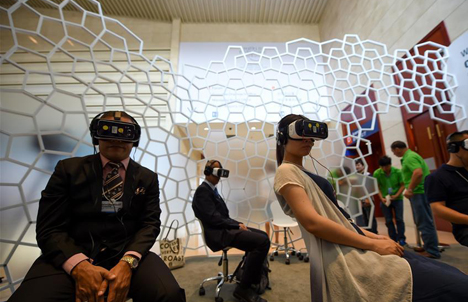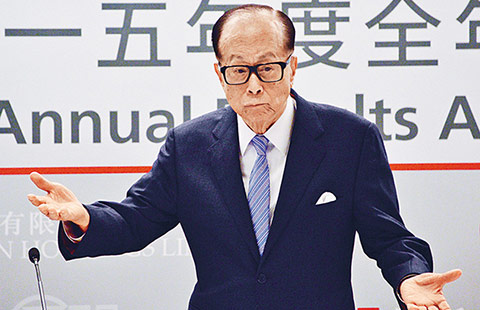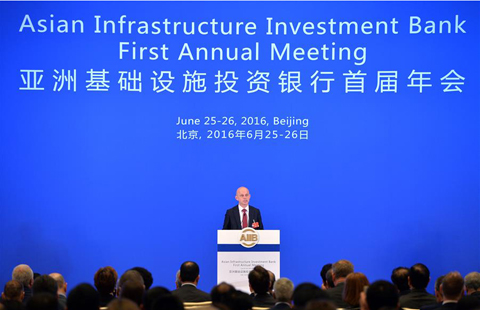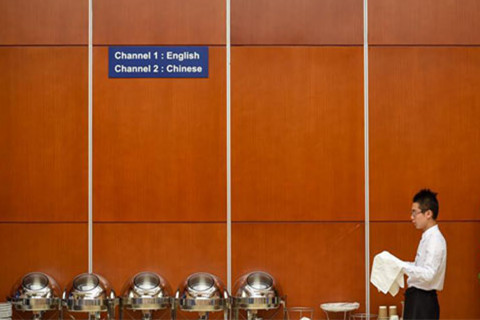Cosmetics giants brush off any talk of slump in China
By Yao Jing (China Daily) Updated: 2012-11-24 09:09
|
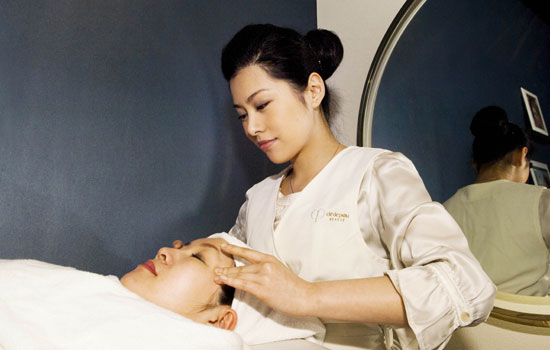 |
|
A tailored beauty service for members of Shiseido's high-end brand Cle de Peau Beaute. [Photo/China Daily] |
This year China surpassed Japan as the company's hottest sales region in Asia, with 28-percent growth in sales, the company said.
"European and US brands are very strong in the higher-end market as they are viewed as having superior technology, such as anti-aging creams, and quality," Wang said.
"Consumers trust these brands a lot more and are willing to pay high premiums for them."
Another of the mainland's cosmetics mainstays, Shiseido, which has been operating in China for 31 years, is aiming to take its domestic sales revenue above 100 billion yen by early next year.
The first overseas cosmetics maker to enter the mainland market, it sells a wide variety of products ranging in price from dozens of yuan to nearly 5,000 yuan.
Late last year, Shiseido began to sell its Pure&Mild brand products online, and early this year it began selling its products on Tmall.com.
Estee Lauder, its biggest competitor, grew its online sales by 40 percent in China in the fourth quarter of fiscal year 2012, and is already reaching online consumers in nearly 350 Chinese cities.
"Even though the online channel only accounts for a small percentage of sales, it is growing the fastest of all," Wang added.
"Brands need to have a strong online store, either self-operated or through e-retailers such as Tmall and 360buy."
In keeping up with market trends, Shiseido has maintained annual double-digit sales growth in China since 2004.
Sales reached 89.1 billion yen for the year ending March 31.
"China now accounts for more than 10 percent of our global business," said Yang Yan, general manager of public relations at Shiseido China Co Ltd.
Shiseido's beginnings in the mainland go back to 1981 when it first sold about 60 imported products at large retail outlets and hotels in Beijing.
It launched Aupres, a brand exclusively for department stores in China, in 1994.
The 140-year-old company established Shiseido China Co Ltd, a wholly owned subsidiary, in Shanghai in 2003, after starting production at its own factory and opening Shiseido China Research Center Co Ltd, both in Beijing.
"We have more understanding about local consumers and have also gone ahead in creating special products for Chinese consumers," said Yang, explaining Shiseido's advantages on its competitors.
- Expanded Panama Canal reflects megaship trend
- Soaring nev industry must 'slow down', says expert
- Companies embracing robotics for production efficiency, profit
- Technology giant bets on its leadership
- Chairman of NDRC says effects of EU changes on China are limited
- Schwab: World will adjust to Brexit
- No big Brexit worries for now
- Visitors try at exploration zone on Summer Davos Forum in China's Tianjin

